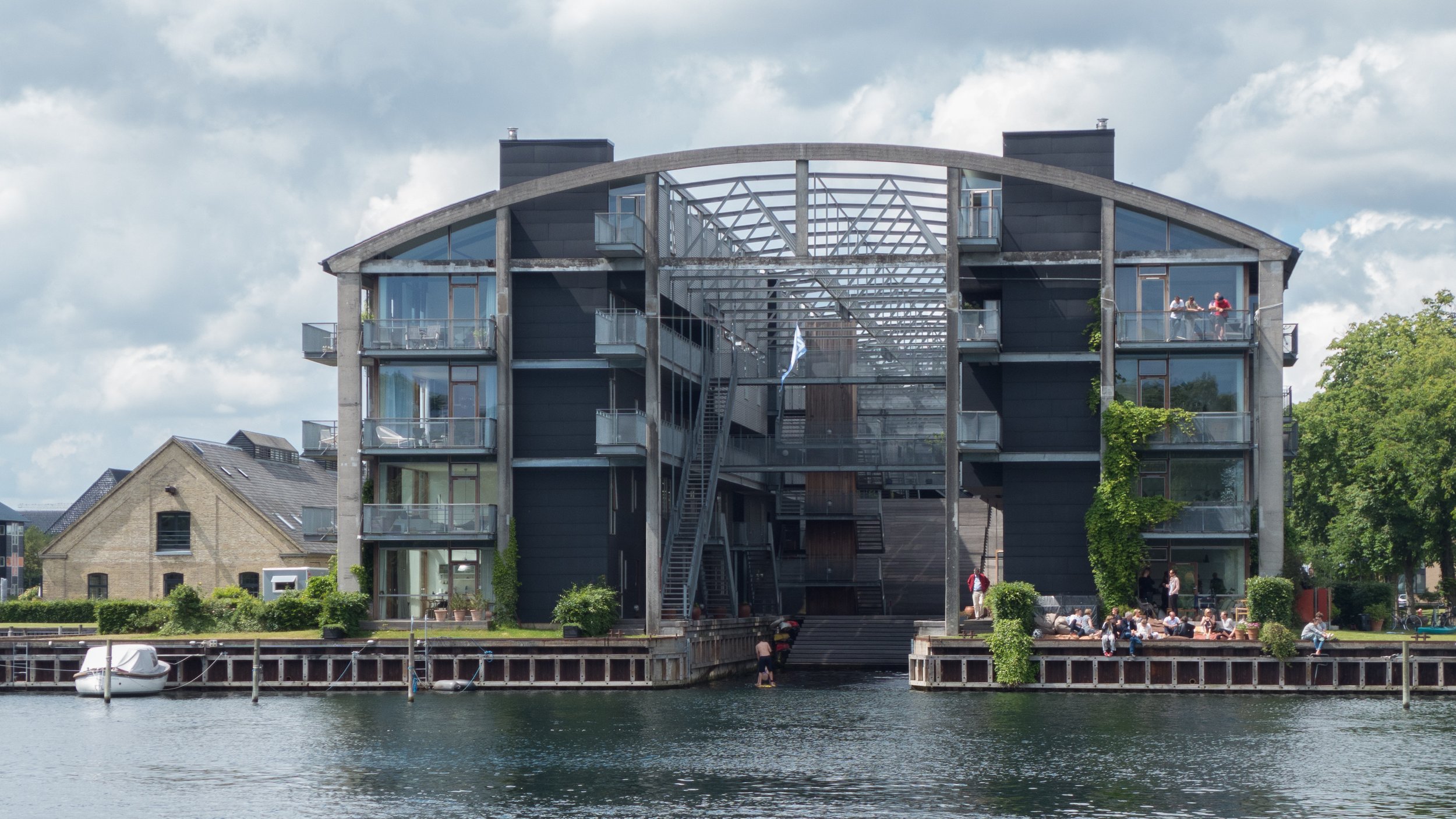the legacy from 1996 - the year when Copenhagen was the European City of Culture
/One information panel in the exhibition Tidskapsler - København i 1990’erne at Københavns Museum, simply listed the galleries and venues that were established in 1996 as venues for the events that were held through that year when Copenhagen was the European City of Culture … and it was and is an incredible and long-lasting legacy for all have survived and all, 25 years later, have crucial roles in the life of the city.
Folkets Hus in Vesterbro - close to Enghaveparken - had opened in 1956. It was threatened with demolition but was relaunched in 1996 as a major venue under the name Vega
Cisterne - cisterns for fresh water on the hill top south of the palace of Frederiksberg - were converted into a gallery and event space
Forbrændingen - an old incinerator plant in Albertslund - was turned into a youth-run cultural centre
Arken - a museum of modern art in Ishøj - opened in March 1996
thematic gardens in Valby Park opened as part of a major garden exhibition
Metronomen in Aksel Møllers Have opened as a centre about building but later became an art and music venue
Fotografisk Center in the Meat Market district opened
Torpedohallen, the torpedo boat hall on Holmen, was used as a venue for theatre and concerts before being converted into apartment buildings
Øksnehallen - the main building of the former cattle market - opened as an exhibition and event venue
Filmhuset / The Film House, on the south side of the King's Garden, opened as a new home for the Danish Film Institute, Danish Film Museum and State Film Archive
Det Kongelige Bibliotek - a large extension to the National Library known as the Black Diamond - was set to open during the city of culture celebrations although it was not completed until 1999









































